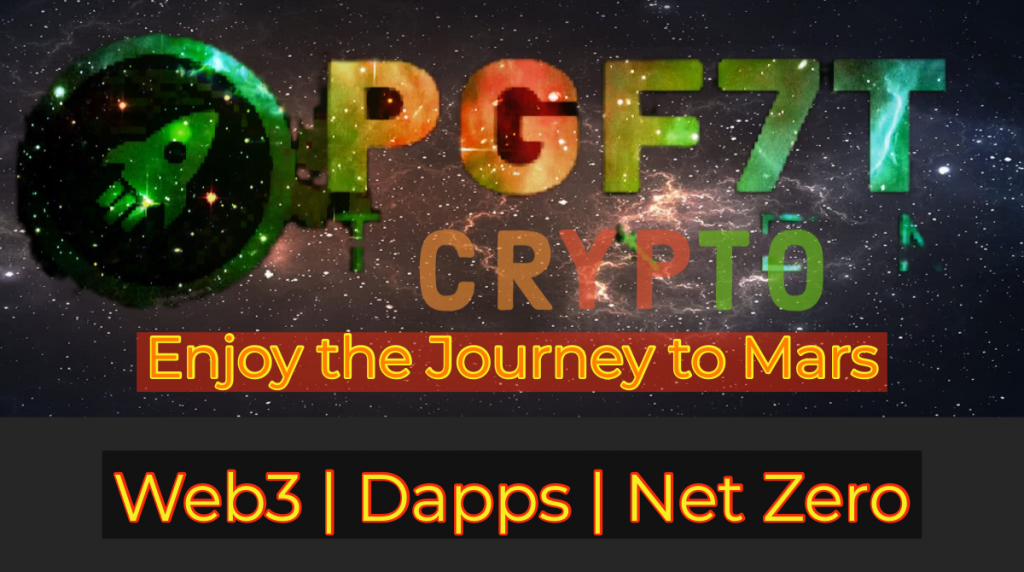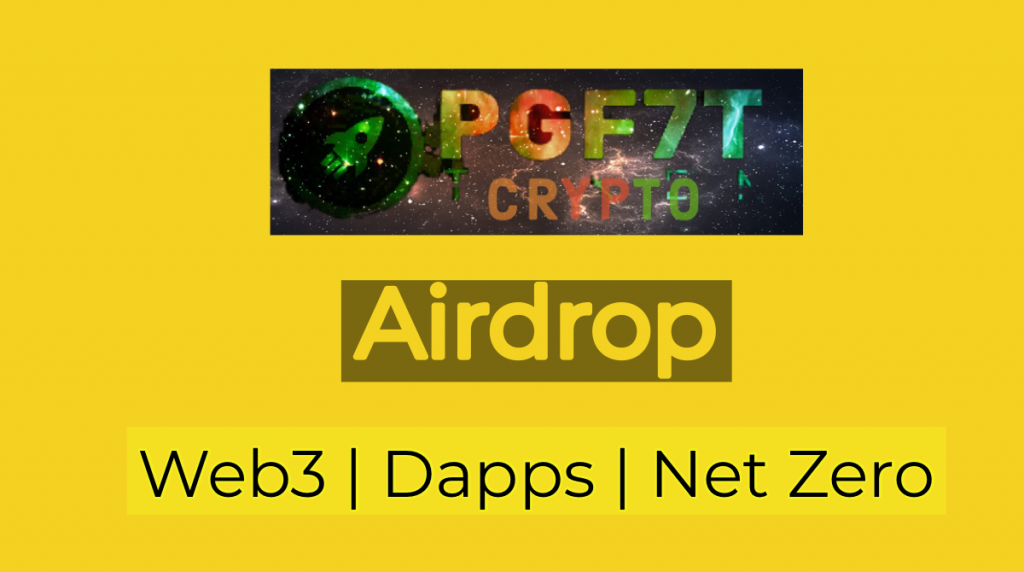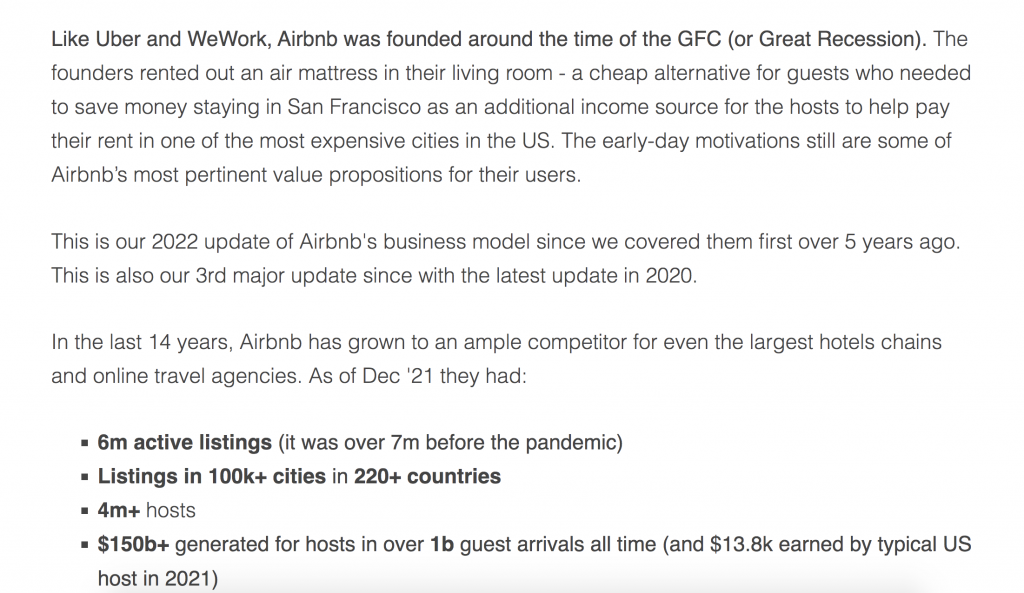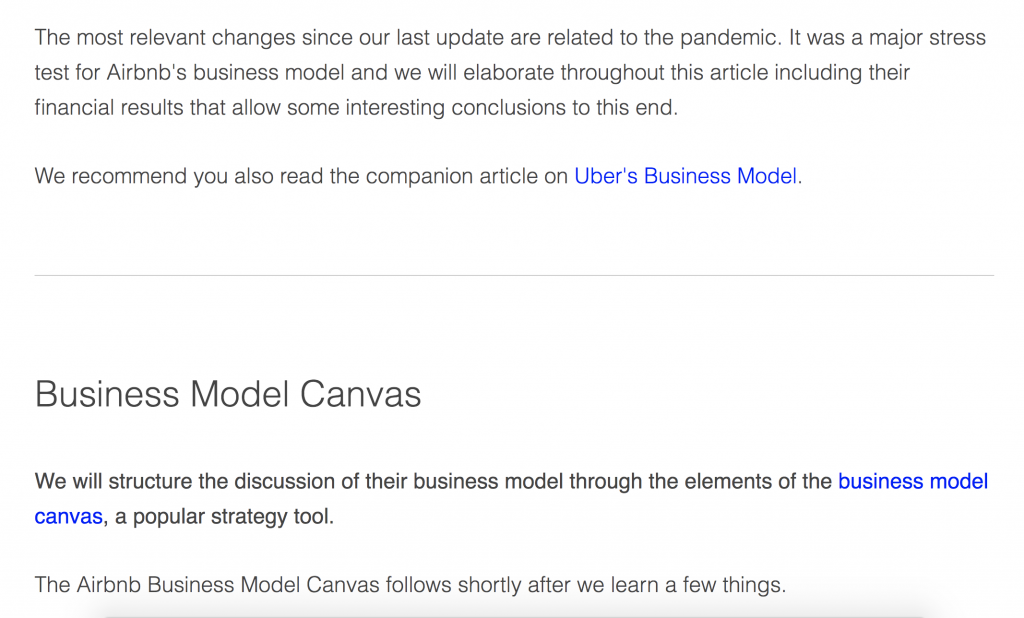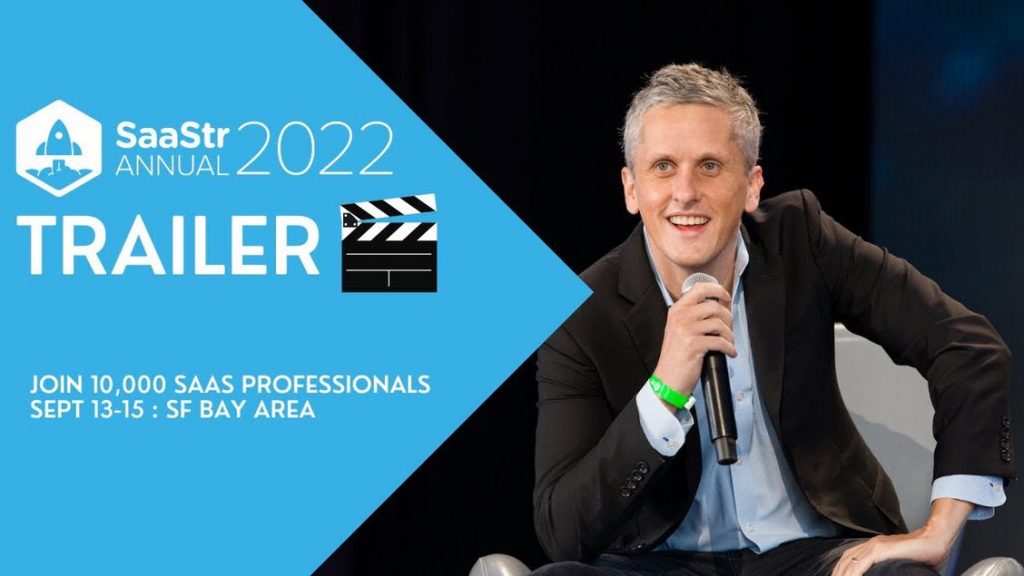Why you’ll need to rethink your user growth strategy

Downturns fundamentally rewrite the industry’s strategy (and expectations) for user growth. In a bull market, the focus is on top line growth. You often want 2-3x YoY for a a new product in its first few years, and even faster when its right out the gate. High growth and high burn are fine. Because if you need to spend a lot of money to get there, whether through paid marketing or partnerships, you do it… after all, you can just raise more money, right?
But in a bear market, the answer changes: No. It turns out, you won’t be able to just raise more money to keep going. No, you can’t just expect to hire dozens of engineers, regardless of progress — particularly when hiring freezes are coming into effect. For startups, the bar for raising the next round just went way up, as many investors are waiting out the turbulent market. This means the strategy for user growth just went from “as much as possible” to “efficient, profitable, productive” in just a few quarters.
What are some ways you should be rethinking your growth strategy? Here’s some things every team should be thinking about:
-
Embrace the new normal
-
Cut your marketing spend
-
Laser focus on your engaged, high LTV users
-
Live to fight another day
I’ll unpack some of these as we go.
The new normal
Efficient growth is now the key focus for product teams. During a bull market, the primary metric that people talk about is just top-line growth — what’s your year-over-year growth rate. Some of the truly eye-popping growth rates might exceed 10x YoY, often subsidized with investor money — as has been in the case with on-demand services.
However, the new normal is focused on efficient growth. Although there’s a floor for how fast a product has to grow to be interesting — probably something like 2.5x — there’s a much bigger emphasis on efficiency. What’s the best way to measure this? One metric that’s been recently popularized by David Sacks is the “Burn Multiple” — he defines it below:
Burn Multiple = Net Burn / Net New ARR
This puts the focus squarely on burn by evaluating it as a multiple of revenue growth. In other words, how much is the startup burning in order to generate each incremental dollar of ARR?
In other words, if you spend $10M and gain $5M more in annual recurring revenue, that’s a 2x burn multiple — which he grades as “Suspect.” The Burn Multiple metric is simple, but it’s precisely useful because it’s so simple. A lot of times, unit economics are hand-waved by product teams because some costs are excluded from the contribution margin or net revenue calculations that maybe shouldn’t be — like headquarters costs, real estate, and so on.
Burn multiple cuts through all that, since it’s just aggregate cash versus revenue, and it’s hard to hide anything with a metric so simple. And with this simple metric, it allows you also compare different companies, and potentially different scenarios for a given company, to figure out how to best reduce it.
To provide some benchmarks, my colleagues at a16z, Justin Kahl and David George, recently wrote an article on navigating the downturn where they collected some empirical data:
|
|
|
|

